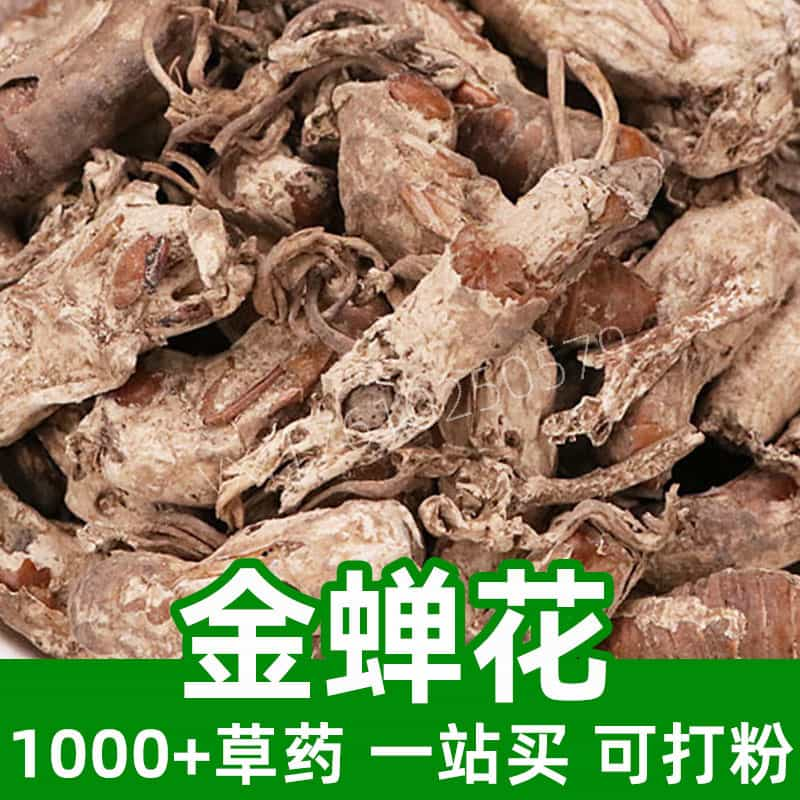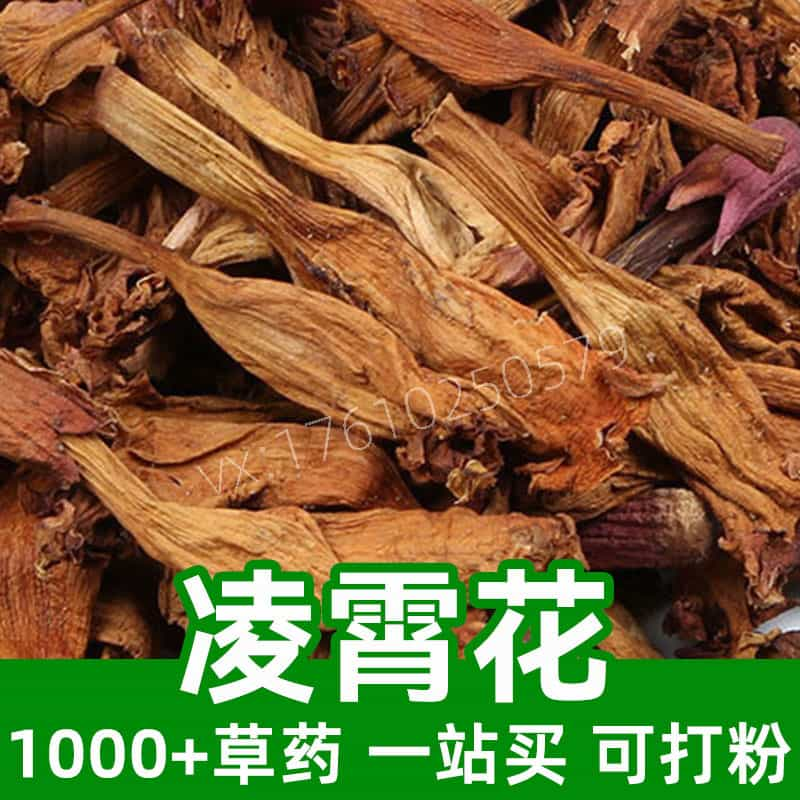Sea Cucumber Product Introduction
Sea cucumber is a valuable marine product containing proteins, polysaccharides, fats, and trace elements. Originating from the ocean, it thrives on sandy or rocky seabeds and is distributed across the world's oceans. Widely applied in traditional Chinese medicine and culinary fields, sea cucumbers are considered beneficial for nourishing beauty, moistening lungs, relieving cough, and replenishing yin and kidneys. As a healthful food, it is often used in soups, porridges, and other dishes or processed into dried products for consumption or traditional medicine. Its soft yet resilient texture and rich nutritional profile make it highly popular, earning it the nickname "treasure of the sea."
Key Active Components in Sea Cucumber
Sea cucumbers are nutrient-dense marine products, with the following active components contributing to their health benefits:
- Proteins:Sea cucumbers are rich in proteins, which form the structural basis of their tissues. These proteins support human nutrition, growth, and development.
- Polysaccharides:Polysaccharides in sea cucumbers, such as saponins and acidic polysaccharides, enhance immune function, provide antioxidant and anti-inflammatory benefits, and strengthen the body’s defenses.
- Fats:Though low in fat, sea cucumbers contain unsaturated fatty acids like omega-3s, which help regulate blood lipids and support cardiovascular health.
- Trace Elements:Abundant in zinc, iron, calcium, selenium, and other trace elements, sea cucumbers contribute to metabolism, boost immunity, and promote bone development.
Additionally, sea cucumbers contain bioactive substances like holothurin and collagen, which have applications in health and beauty industries.
Overall, the nutrient richness of sea cucumbers endows them with versatile benefits, making them a prized ingredient in food, health products, and medicine, favored by consumers worldwide.
Sea Cucumber Applications, Usage, and Dosage
1. In Traditional Chinese Medicine:
- Applications: Recognized as a tonic, sea cucumbers are used for improving constitution, boosting immunity, and strengthening kidney function.
- Usage: Can be consumed alone or combined with other herbal ingredients in soups, stews, or as processed products like slices or powders.
- Dosage: Typically 30–50 grams per serving, adjusted based on individual needs.
2. In Culinary Applications:
- Applications: Widely used in high-end dishes such as sea cucumber soup, stewed chicken with sea cucumber, and sea cucumber fried rice, appreciated for its umami flavor and nutritional value.
- Usage: Can be steamed, boiled, baked, or fried depending on the dish and flavor preference.
- Dosage: Suggested serving size is 30–50 grams per person per meal, tailored to the recipe.
In both medicinal and culinary contexts, sea cucumbers provide exceptional nutrition and flavor. Usage should align with individual health conditions, cooking habits, and dish requirements to achieve the best health and culinary outcomes.
Sea Cucumber Source, Distribution, and Habitat
1. Biological Classification:
Sea cucumbers are marine invertebrates, belonging to the phylum Echinodermata and class Holothuroidea. Common species include Stichopus japonicus and Apostichopus.
2. Distribution:
- Found in shallow and deep-sea areas of oceans worldwide, particularly in temperate and tropical zones.
- Major habitats include the Pacific, Atlantic, and Indian Oceans.
- In China, sea cucumbers are prevalent in the Yellow Sea, East China Sea, and South China Sea, notably in regions like Liaoning, Shandong, Fujian, and Guangdong.
3. Habitat Characteristics:
- Typically inhabit soft sand, mud, or rocky seabeds in shallow waters, ranging from tens to hundreds of meters deep.
- Thrive in clear, oxygen-rich water with temperatures between 5–30°C.
4. Ecological Traits:
- Bottom-dwelling organisms feeding on organic debris and benthic organisms.
- Consume sediments and microorganisms for nutrition, contributing to growth and development.
Sea cucumbers are an essential marine resource, widely distributed and thriving in diverse seabed environments.
Harvesting, Processing, and Storage of Sea Cucumbers
1. Harvesting:
- Wild Catch: Methods like trawling and netting are used, with prompt processing to prevent spoilage.
- Farming: Cultivated sea cucumbers are harvested manually or using tidal cycles, typically from net enclosures.
2. Processing:
- Freshly harvested sea cucumbers are cleaned and gutted to remove non-edible parts, then boiled or soaked to eliminate sand and odors.
- Subsequently dried or sun-dried to achieve suitable moisture content for storage and transport.
3. Storage:
- Store in a well-ventilated, dry area away from sunlight and high temperatures to avoid spoilage.
- For short-term storage, refrigerate at 0–4°C. For longer durations, freeze to maintain quality.
4. Precautions:
- Ensure hygienic conditions during processing to prevent contamination.
- Discard any spoiled sea cucumbers to avoid foodborne illnesses.
By adhering to proper harvesting, processing, and storage practices, sea cucumbers maintain their quality and nutritional value, ensuring safety and extended shelf life.
Monica Sun is a seasoned expert in the natural raw materials industry, with over a decade of experience specializing in traditional Chinese medicinal herbs, spices, and fungi. She is skilled in the sourcing, processing, and application of these materials, emphasizing sustainability and innovation. Monica Sun has contributed to the development of high-quality natural raw materials that serve as essential components in functional foods, pharmaceuticals, and cosmetics, delivering tailored solutions to meet diverse market needs.













